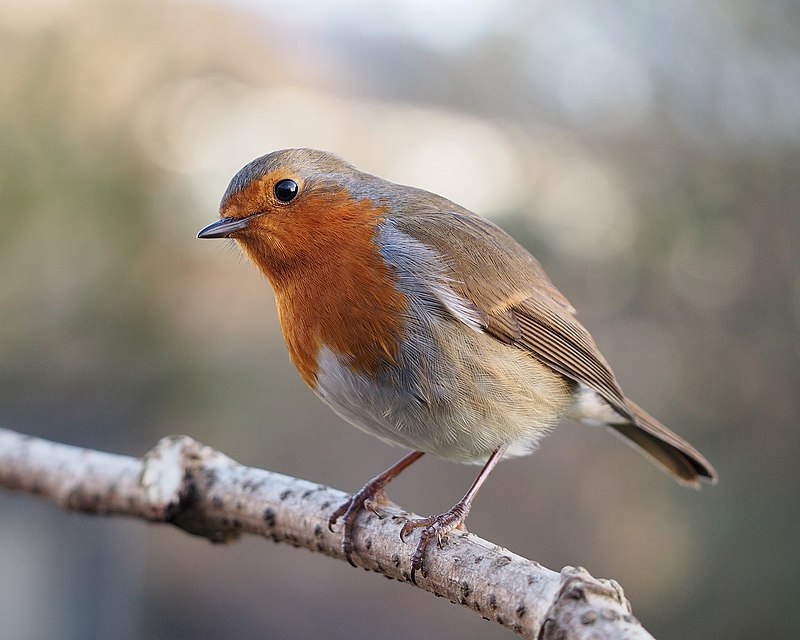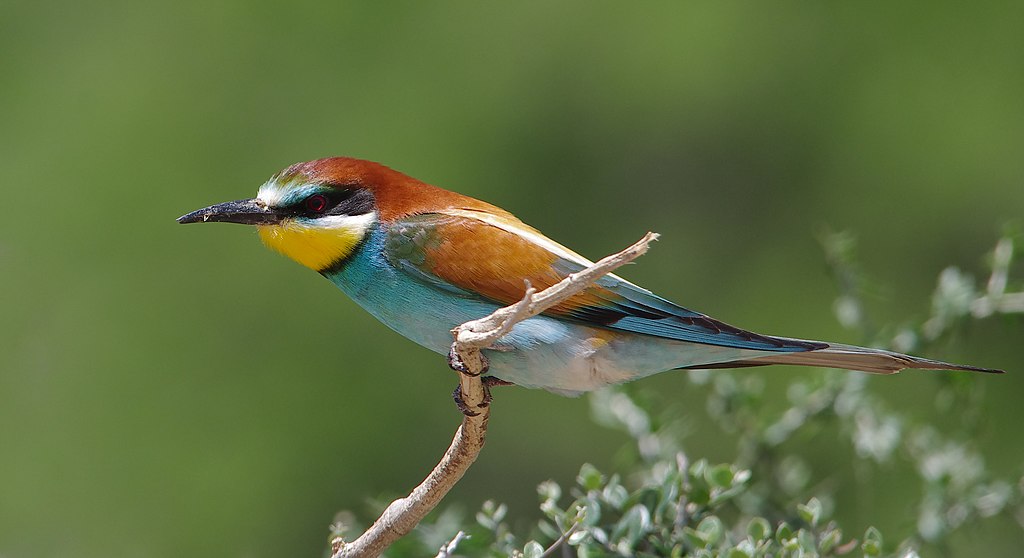Do you ever dread those newspaper articles which
begin with the words ‘Research suggests that…?' As someone with a science
background, I do take exception to the way the media is happy to cherry-pick
research and quote it out of context just to make a headline.
But just recently – and perhaps you saw this on Springwatch
– there was a really nice national survey undertaken to establish the identity
of ‘Britain’s National Bird’. Clearly this was simply a popularity contest as
there were no constitutional, social or political parameters as such, so the
winner’s credibility as ‘national bird’ might be challenged!
 |
| Image courtesy of Wikipedia 'European Robin' by Francis C. Franklin |
It was however, a nice exercise and the winner was….cut to
faces of various candidates in TV cookery show style…..the Robin. No surprise
there, but some others were very interesting choices. What caught my attention
was that there were no fewer than three birds of prey (Barn Owl, Red Kite, Hen
Harrier) which seems rather contrary to the message I sometimes hear about how
concerned we all are (allegedly) about the impact of these birds on populations
of songbirds. That argument is, of course, unbelievably weak as firstly,
raptors are generally at the top of food chains and if populations of prey
species decline, then so do the predators. And secondly, not all raptors
predate other birds.
So today I am launching a new survey to find Britain’s Most Important
Bird. And, as if by magic, I am delighted to announce the results are already
in! In reverse order and with reasons for their importance, the top five are:
5) Turtle Dove
A bird which has declined by a staggering 88% between 1995
and 2012, most probably as a result of herbicide use in the arable enviromnent
and the general intensification of agriculture. Now a real ‘indicator’ species
of the health of our farmed environment. Farming accounts for about two thirds
of the UK’s land cover.
 |
| Image courtesy of Wikipedia 'European Bee-eater' by Elogollimoh |
A species which has just started breeding in very small
numbers in the UK, perhaps suggesting that our climate is warming to the point
where our UK bird list may change irrevocably in the next few years. A real
humdinger of a bird with a weird, warbling call. Even more staggering in the
flesh than in the photos.
3) Hen Harrier
A hugely controversial bird due to its preference for the
chicks of Red Grouse. This puts it into conflict with gamekeepers, with a very
heated debate about the way we manage our upland areas being the result. And
on going and fascinating situation which concerns not only a single species, but
is about the future of entire swathes of our countryside….
2) House Sparrow
Martha was the very last Passenger Pigeon. She died alone in
Cincinnati Zoo in 1914. The extinction of her species was, at one time,
considered an impossibility due to the fact they once numbered in their
billions. Yet they are gone and unless we keep an eye open for all species, we
risk losing them. The House Sparrow, once almost ubiquitous, has declined by
71% since 1977. Might it go the same way?
1) Nightjar
 |
| Image courtesy of Wikipedia 'European Nightjar' by |
The final choice is a little off-the-wall, a bit like the
bird itself. Yes, they are rare but that is not why the judging panel (me)
chose it. It is because it is a bird which is full of mystery, not least due to
the fact that it is only active at night. Legend had it that the bird stole
milk from goats (hence the scientific name of the genus, Caprimulgus, or ‘goat-sucker’!) but the charm of hearing their
churring call and watching their distant silhouettes on a warm summer’s evening
is an experience never to be forgotten. The Nightjar represents something we
are at risk of losing – a sense of wonder at the natural world.
